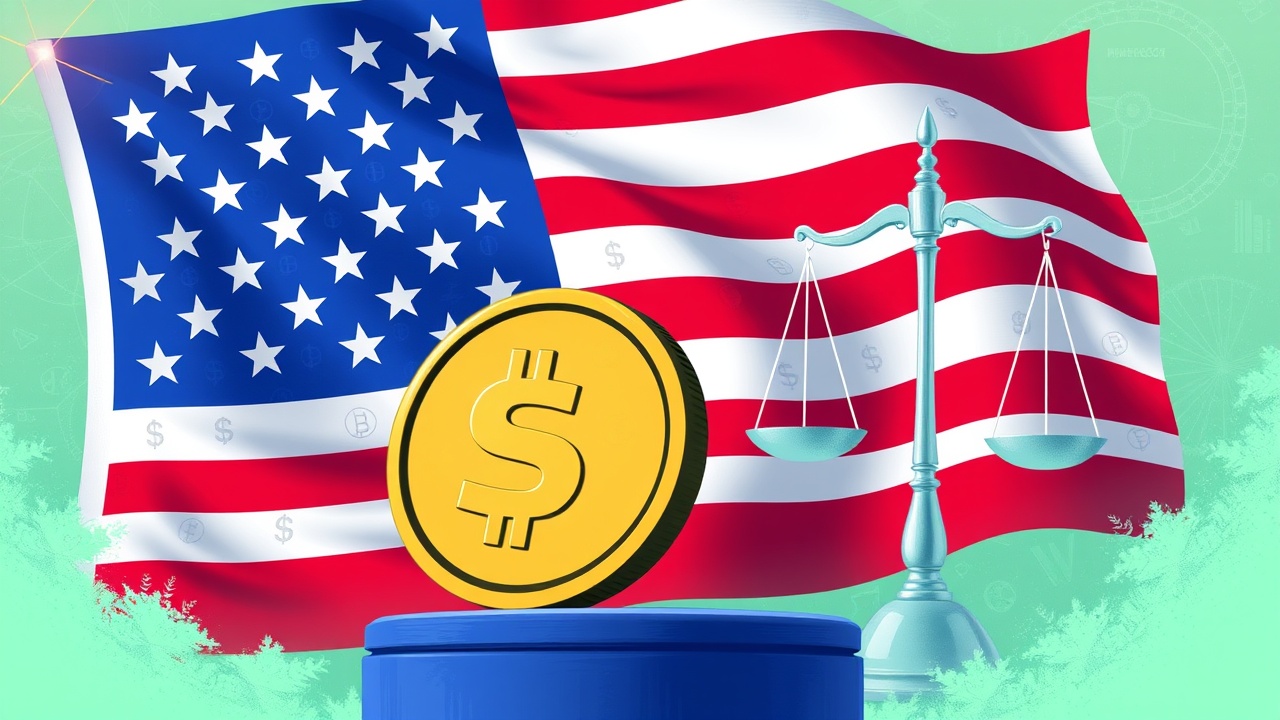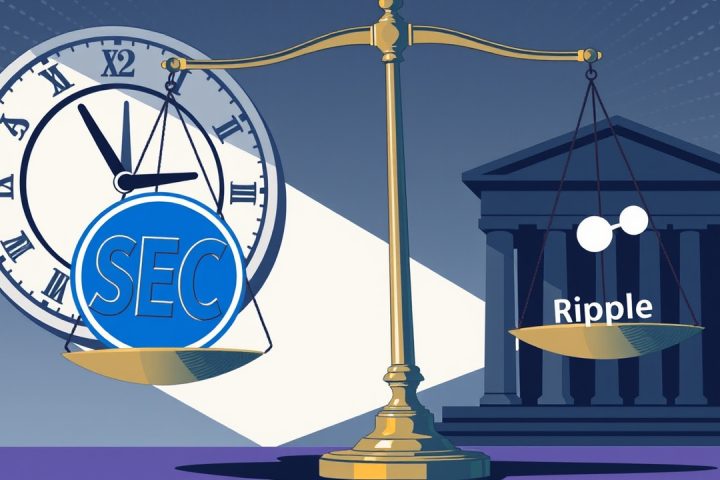Visa’s Milestone in Stablecoin Transactions
Visa has successfully handled stablecoin transactions exceeding $200 million, yet the payments leader emphasizes that the technology remains in its early stages, awaiting stronger regulatory frameworks to enable further expansion. During Visa’s earnings call for the second quarter of fiscal year 2025, CEO Ryan McInerney commented on the significance of reaching this milestone, even while acknowledging that it constitutes just a small fraction of their total settlement volume.
Financial Performance
In the recent quarter, the company reported robust financial results, generating $10.17 billion in revenue—an increase of 14% year-on-year—with adjusted net income climbing to $5.83 billion, compared to $4.91 billion from the previous year. Despite these gains, Visa’s stock encountered a decline, finishing at $351.29 on Tuesday, subsequently dropping to $343.06 during after-hours trading.
Exploring Stablecoins
Visa is exploring the use of stablecoins through its Visa Direct platform, targeting the efficiency of real-time international transfers where slow legacy settlement methods are common. Furthermore, the company is advancing its Visa Tokenized Asset Platform, which aims to enhance programmability and assist banks in issuing stablecoins for innovative finance solutions. McInerney expressed hope for clearer and more practical regulations from the U.S. government, a sentiment he wishes to see echoed globally.
The Growing Market for Stablecoins
Stablecoins, which are cryptocurrencies typically linked to the U.S. dollar, are increasingly preferred for payments and remittances, as they offer stability against market fluctuations. The current market for stablecoins has a valuation exceeding $272.25 billion, according to CoinGecko data.
Zakhil Suresh, the founder and CEO of the crypto asset management firm BitSave, highlighted that only 10-20% of stablecoin transactions are currently utilized for payment purposes; the majority is involved in trading and liquidity operations. He anticipates that as regulatory clarity improves, this percentage will rise to over 50% in the coming year, resulting in higher adoption rates for cross-border payments and payroll services.
Visa’s Strategic Moves
Visa has taken significant actions to strengthen its presence in the stablecoin arena, including an investment in BVNK, a stablecoin infrastructure provider based in London, and a collaboration with Bridge—a subsidiary of Stripe—to offer stablecoin services within Latin America. McInerney noted the vibrant dialogue surrounding stablecoins, reflecting the growing interest in the sector.
Industry Perspectives
Despite this activity, some industry observers argue that stablecoins have a long way to go before matching Visa’s operations. Jagdish Pandya, founder of Blockon Ventures, remarked that while Visa’s daily transaction volume ranges between $5 trillion and $7 trillion, stablecoin transactions hover around $20 billion to $30 billion daily. He drew an analogy between the current state of stablecoins and the e-commerce landscape in the late 1990s, predicting that as digital assets become better regulated, Visa could experience significant adoption over the next decade.
Regulatory Developments
Adding to the regulatory landscape is the recent signing of the GENIUS Act by President Trump, marking a significant legislative step for cryptocurrency in the U.S. Suresh from BitSave advised that global payment processors like Visa must remain vigilant regarding international regulatory developments, even as clarity is introduced domestically.




